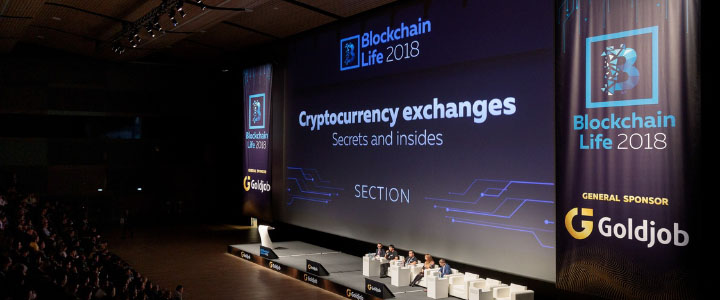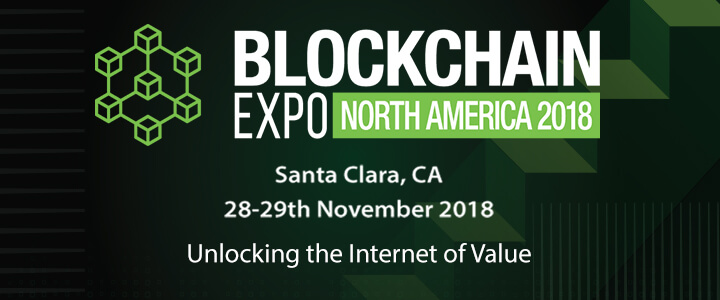Crypto Exchanges Are Benefiting from Algorithmic Trading

Well, we’ve all been there. Taking chances in uncharted territories and hoping for the best without enough information. The good news for you today is that we’ll be tackling those questions and getting to enlighten you on a crypto exchange. And you’d be right for asking these questions because it is beneficial to know the secret hacks of the crypto exchange investment industry.
The Essence of High-Frequency Trading (HFT) in Crypto Exchange
HFT for us is automated techniques of crypto exchange managed by computers that enable high-speed transactions and investment decisions. Most crypto exchangers usually debate about the definition, but that’s not our biggest challenge today. Let’s dive in.
High-frequency crypto exchange traders take advantage of advanced investment techniques to form algorithms that handle simple to risky trading orders as well as a crypto exchange. These algorithms labour overtime to reduce the offer spreads and the price inconsistencies over numerous trading cryptocurrency markets. Most importantly, they improve your chance of great price discoveries. The combination of these HFT arbitrage crypto exchange strategies is highly beneficial in controlling your profit margins.
At this point, you realise you are open to the crypto exchange of bitcoin using HFT. This is because it automatically works with the current bitcoin price US Dollar to give you an added advantage. It provides extreme liquidity and has no adverse interactions with the middlemen. With such advanced technology, the record held against this type of crypto exchange is very positive.
Cloud-Centre vs. Data Centre Platforms in Crypto Exchange
Surprisingly enough, there are two avenues by which HFT crypto exchange operators manage the cryptocurrency prices and access information. We will establish the more beneficial of the two for purposes of investment in the crypto exchange.
The first substructure is the data centre, which provides crypto exchangers with more exceptional advocacy to their information, server parameters, and connection firewalls. Its accuracy is consistent and offers great retrieval time where a level ground for each market investor is crucial. This ability is named the lowest absolute latency as it allows for information in real-time to all investors involved. Unlike the cloud-based matching engine as we’ll shortly see.
Cloud-based crypto exchange transactions, however, have little control over their substructure as they share a complex digital environment with other servers. Operators have found these platform to be unreliable and its performance quite unstable as compared to the data centres.
A great example of their differences is on their actual speed. A developed data centre transaction provides new information in under 100 microseconds with the predictability of up to the 99th percentile. More than that, it accurately adapts to millions of orders per second, a feature that’s irreplaceable in the crypto exchange.
On the other hand, cloud-based exchanges offer a retrieval time in the tens or hundreds of milliseconds, which is ultimately slower. All because the information has to be continuously rerouted and slows the reaction time of investors to changing crypto exchange market situations. This restricts their choices to markets that offer wider spreads and low-quality liquidity.
Conclusion
So what does this all mean? Strategies of arbitrage and the trading bitcoin automatically make the high-frequency crypto exchange a possibility. Thus, market investors can be guided through choices with higher liquidity and lower spreads. Hopefully, you’ll choose the data centre-hosted crypto exchange centres as they offer these options.
Author Bio
Thomas Glare is an author who puts his experience in writing popular articles that help people succeed. It provides you with crypto strategies with the possibility of significant investments and big wins.















